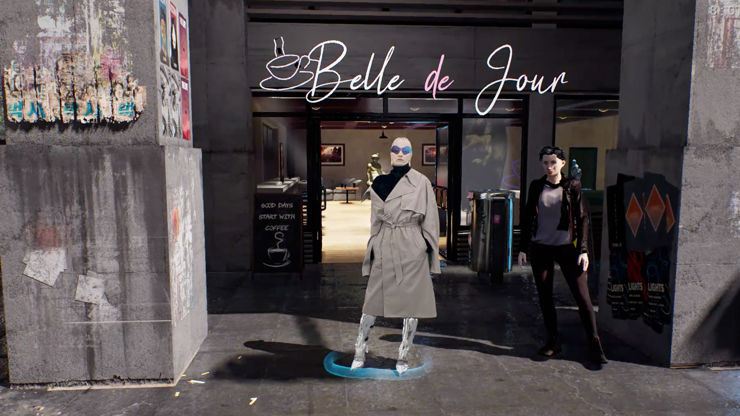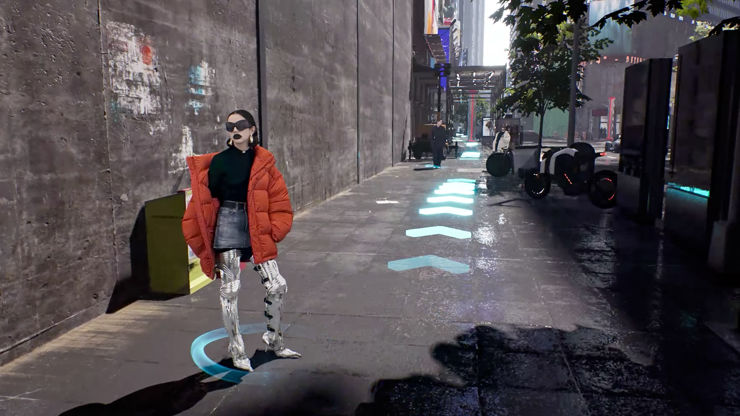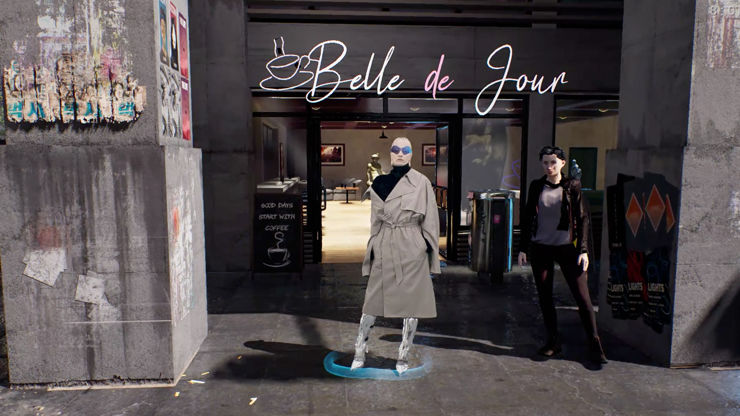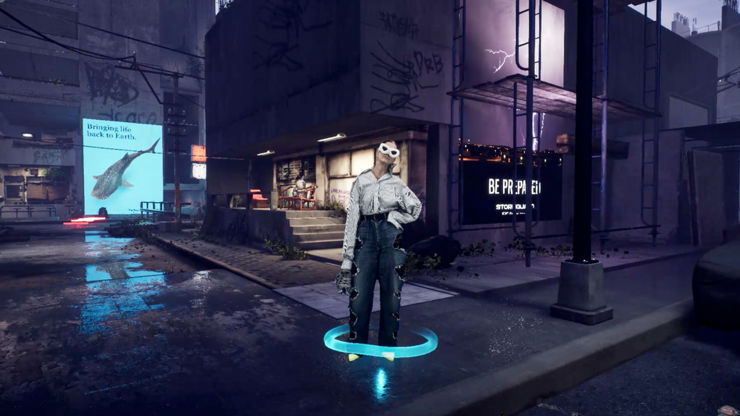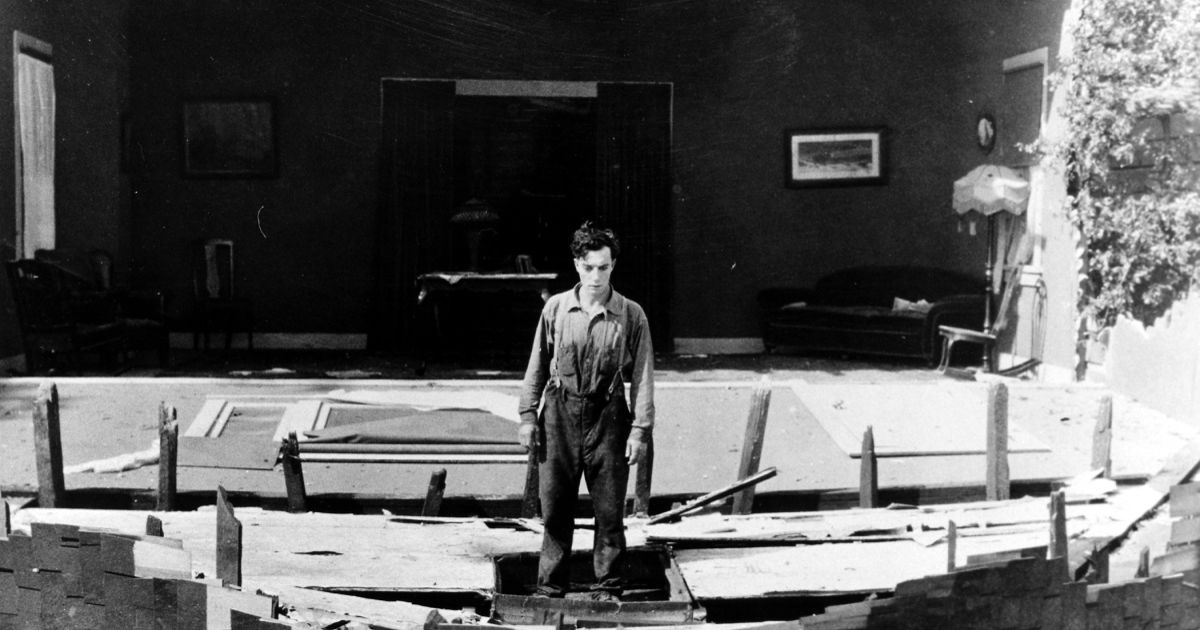Virtual production: A real-time revolution for content creation
In 1928 Buster Keaton undertook one 'risk-it-all' shot to pull off a masterpiece but, says Simon Windsor, Joint Managing Director at Dimension Studios, a century later and virtual production means filmmakers have almost unlimited control and equal amounts of creativity at their fingertips.
In one of Buster Keaton’s most iconic stunts - the house fall scene in Steamboat Bill Jr - a house facade falls onto Buster’s character who is saved by a fortuitously placed open window which he passes straight through, unscathed.
Filmmaking has evolved to the point where modern filming techniques and VFX can visualise almost anything.
This was a make or break shot – the prop house facade weighed around two-tons and without the benefit of visual effects or the ability to ‘fix it in post’, it was literally do it and get it right or fail and be flattened. In 1928, Buster Keaton - rooted to the spot - had one shot and one chance (albeit well planned). Today, almost 100 years later, filmmaking has evolved to the point where modern filming techniques and VFX can visualise almost anything the director imagines, without the need for one risk-it-all shot. And if the worst does happen, advancements are such that technology can now bring people back to life digitally.
Above: Buster Keaton's iconic scene in Steamboat Bill Jr.
Filmmaking, unlike Buster, never stands still, and for filmmakers the 2020s will be defined by the transformative effect of real-time game engines on the creative process. For years, video games have been inspired by film, from framing the action to creating cinematic shots. But the tables are turning, and today, filmmakers are being influenced by video games and adopting the technologies used to make them.
The emerging discipline of ‘virtual production’ is fundamentally changing the way in which films and series are made.
The emerging discipline of ‘virtual production’ – the broad term for using real-time engines and mixed reality technologies in filmmaking – is fundamentally changing the way in which films and series are made. With the adoption of games engines, such as Unreal Engine, we are seeing a real-time revolution in the production process, benefiting greater creative collaboration, planning, and faster decision-making. Virtual production frees elements of a traditionally linear production process to work together earlier and run in parallel.
This means key creatives can now collaborate and compose entire shots in pre-production and make changes on the fly – everything from the scene and lighting, to characters and camera direction can all be reviewed and iterated together in real-time. Decisions can be locked-in earlier. During production, giant LED walls can bring vast photo-realistic worlds into the studio which the actors can see and feed off, while directors are able to put everything in-front of the camera to create cinematic shots that look totally real. In this regard virtual production brings forward decisions and work that would normally have happened later down the line in post-production.
Above: The Mandalorian on Disney+ and George Clooney's Netflix film, The Midnight Sky used virtual production and LED walls.
With a process that saves time and gains creative efficiencies, it can reduce budgets too. For this reason, virtual production is not just the preserve of big budget movies and shows like The Mandalorian, Westworld, or The Midnight Sky. While virtual production, and in particular the use of LED walls, have provided creative solutions for Hollywood productions to continue during the pandemic, so too short filmmakers and smaller studios are exploring virtual production. At Dimension, the team are working on productions that span both ends of the scale. We recently completed filming for a new short film that uses virtual production across the entire process, from pre-vis and VR scouting, to creating high quality real-time environments used on a huge LED wall for principal photography.
Unreal Engine is being adopted as a content creation tool, not just a games development engine, and it will continue to grow in influence.
At the same time, real-time and LED technologies are being harnessed by storytellers and content creators across the media and entertainment landscape. We’re seeing virtual broadcast studios from BBC Sport and Sky Sports, live mixed reality music performances by Katy Perry, Billie Eilish and Madonna, and virtual production-led Esports tournaments such as League of Legends World Championship. Just to mention a few.
Today, Unreal Engine is being adopted as a content creation tool, not just a games development engine, and it will continue to grow in influence. Last July, Epic Games, the creators of Unreal Engine, launched their online learning course for virtual production with half a million people signing up. Creatives are using real-time engines and virtual production for TV commercials, game shows, and innovative brand experiences such as Balenciaga’s ground-breaking fashion video game Afterworld: The Age of Tomorrow.
Above: Images from Balenciaga’s fashion video game Afterworld: The Age of Tomorrow, created in a real-time engine.
For filmmakers, virtual production is an exciting discipline that can supercharge the creative process, but it is another technique, and part of the mix, for creatives and not always the answer. For certain, it will become more important and disruptive. This year Epic Games is anticipated to launch Unreal Engine 5, which will push the creative capabilities and graphics quality even further, while promising a wider suite of tools for creators. In an age of rapid technology convergence other emerging disciplines, such as volumetric capture, nod towards an even more exciting future for filmmakers with the advent of volumetric filmmaking.
On Steamboat Bill Jr, the risk for Buster Keaton was to move. In the 2020s, the risk for filmmakers and storytellers is not to.
With powerful new creative tools and a diverse new generation of storytellers, who will be the next Buster Keatons, Georges Méliès, and Alfred Hitchcocks? One thing’s for sure, they’ll know video games technologies. In 1928, on Steamboat Bill Jr, the risk for Buster Keaton was to move. In the 2020s, the risk for filmmakers and storytellers is not to.
)




 + membership
+ membership







